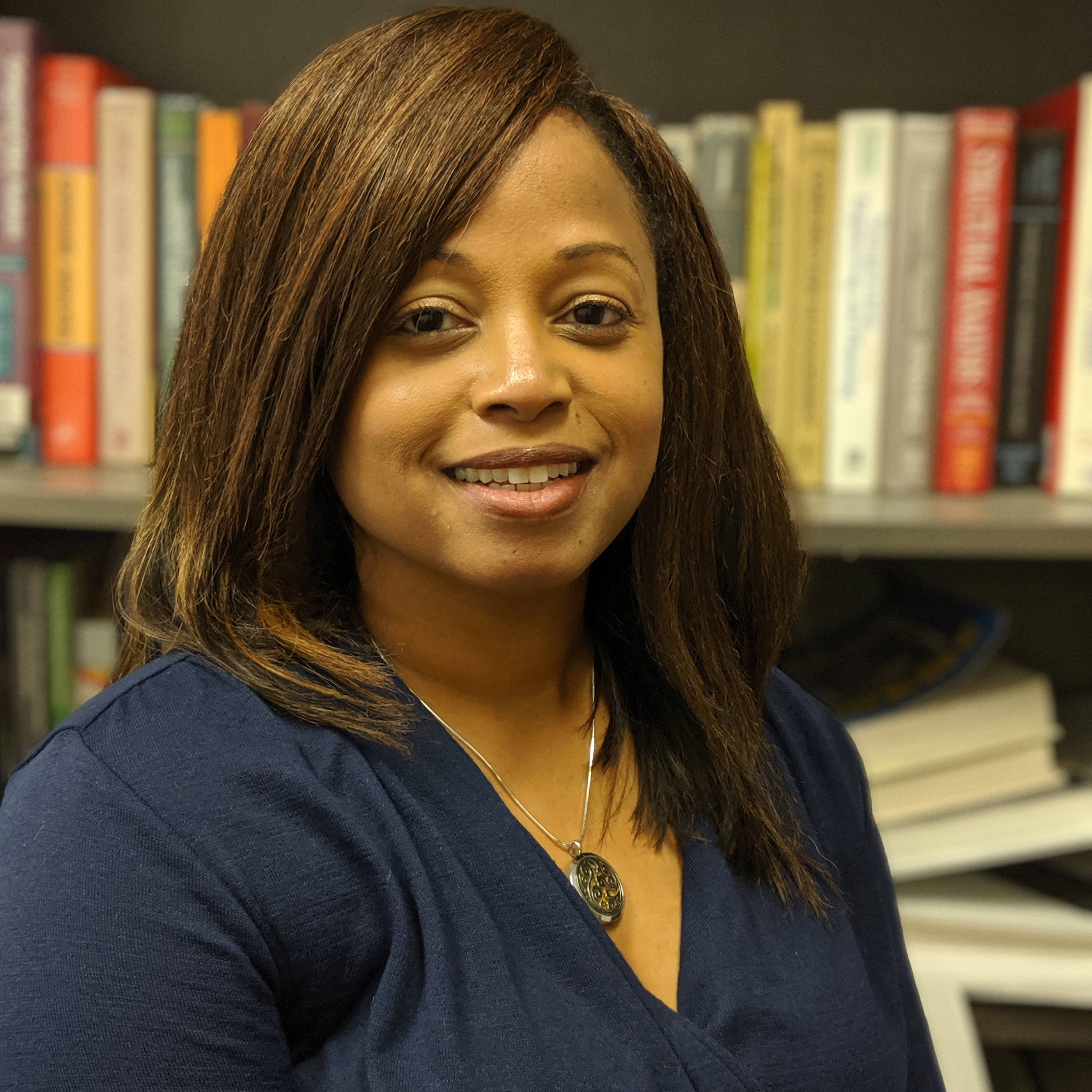MSU researcher awarded five-year, $2.5 million grant to develop risk assessment training program
Jade Mitchell, associate professor in the MSU Department of Biosystems and Agricultural Engineering, will lead a five-year, $2.5 million NIH grant on increasing knowledge and availability of quantitative microbial risk assessment models.

Jade Mitchell, associate professor in the Michigan State University (MSU) Department of Biosystems and Agricultural Engineering (BAE) will lead a five-year, $2.5 million grant from the National Institutes of Health (NIH) focused on increasing knowledge and availability of quantitative microbial risk assessment (QMRA) models. Some of this work will center on the novel coronavirus.
QMRA refers to mathematical modeling approaches that analyze how people come in contact with pathogens through water, food, air and/or surfaces. It also assesses a person’s risk level for infection, illness, and in some cases, death, based on exposure levels.
“In comparison with other approaches like epidemiology, QMRA models show where pathogens are and how to avoid contact with them. They also help us determine what controls, like engineering technology or policy changes, can be implemented so people don’t get sick,” Mitchell said. “This approach is needed because we don't want to wait for people to get sick to investigate how they became sick. QMRA is more proactive.”
Mark H. Weir, assistant professor in The Ohio State University College of Public Health, serves as Mitchell’s co-director on this project. Pouyan Nejadhashemi, MSU Foundation Professor in BAE; Julie Libarkin, professor in the MSU Department of Earth and Environmental Sciences; Joan Rose, MSU Homer Nowlin Chair in Water Research; and Carmen McCallum, associate professor in the Eastern Michigan University College of Education, are all co-investigators.
This grant, called “QMRA IV-Quantitative Microbial Risk Assessment Interdisciplinary Vehicle: For Addressing Emerging Global Health Risks,” builds off a previous project, QMRA III (Interdisciplinary Instructional Institute), in developing interdisciplinary cross-training for participants with biomedical science, microbiology, public health and engineering backgrounds.
Additionally, QMRA IV focuses on growing a mentoring network for continued learning, creating new research through case studies and building online infrastructure to make it easier for people that don’t have modeling or computational backgrounds to do QMRA-type modeling.
“QMRA IV is a new project that further addresses what we learned through QMRA III,” Mitchell said. “A lot of the components are new, such as focusing more on mentoring, developing online coursework and cyberinfrastructure, and training faculty who have been keenly interested in participating, not just graduate students and postdocs.”
The QMRA IV course will focus on developing online learning resources on global emerging health hazards, of which few academics have access to in their specific disciplines. Teams will also conduct case studies based on actual research projects, with the help of mentors.
QMRA III participants wrote a case study on the 2012 MERS outbreak that was published in the journal Risk Analysis. It has become a popular source of information for the scientific community during the novel coronavirus pandemic.
Mitchell said she anticipates similar outcomes can come from OMRA IV.
“Often, if the right team and the right mentors are coupled together, the projects will be carried out through peer-reviewed publication after the workshop,” Mitchell said.
The majority of course content from QMRA IV will be available on the QMRA Wiki, a digital resource for knowledge and information on quantitative microbial risk assessment. During the 10-day course, research groups will operate as “think tanks” to complete their projects. Mitchell expects some of this research to focus on indoor exposures to the novel coronavirus.
“I think our stakeholder base has definitely grown since the pandemic and there is an immediate need for people to assess risk in so many different environments that are very specific,” she said.
Increased sharing of risk assessment models on social media during the pandemic has shown Mitchell the value of QMRA education and training. Initiated by a past QMRA III participant, scientists are now sharing risk models for COVID-19 on Twitter through Google sheets where others can add and modify the models for different scenarios
“Now, we have all these different cases that could be used to estimate risk for coronavirus indoors,” Mitchell said. “What we’re doing on QMRA Wiki is broader than that. We've been able to provide shared case study summaries on the wiki and through the peer-reviewed publications, but we haven't been able to provide the models. It seems like the scientific and stakeholder community are now ready to be able to modify models to assess their own risk in different environments, and I'm excited about that.”



 Print
Print Email
Email



